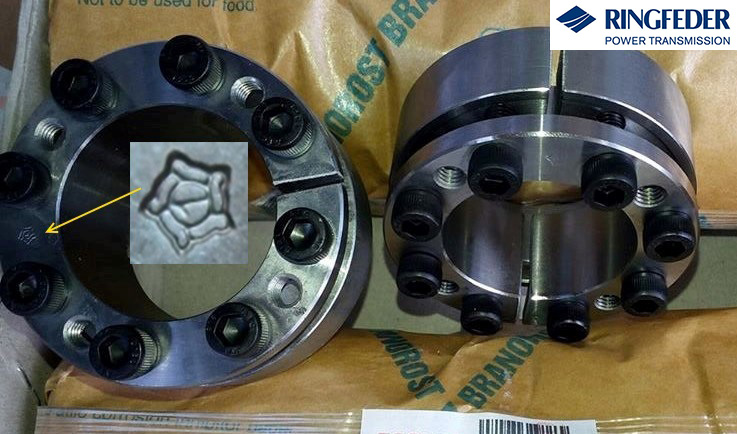- Categories
- Ringfeder: Shaft Coupling & Shaft Locking
- Locking Assemblies
- Ringfeder TNF Flange Couplings
- Ringfeder Elastomer Jaw Couplings TNB
- RINGFEDER TNR Torsional Highflex Couplings
- TSCHAN TNM Flexible Couplings
- Ringfeder TNS Jaw Couplings
- Ringfeder TNZ Gear Couplings
- Ringfeder TNK Barrel Coupling
- Ringfeder TNT Safety Couplings
- Ringfeder TND Torsionally Rigid Disc Couplings
- Ringfeder GWB Metal Bellows Couplings For Encoder
- Servo-insert Couplings GWE RIngfeder
- Servo-Insert Couplings
- Nylon Sleeve Gear Coupling ECT Ringfeder
- Ringfeder Friction Spring
- Ringfeder HENFEL: Hydrodynamic Coupling
- KTR: Shaft Coupling & Shaft Locking
- Cross-morse: Puly, taper bushes, shaft Coupling
- JAC coupling : Gear couplings & Jaw coupling
- PT Couplings: Shaft Couplings
- KBK: Shaft Couplings & Safety Couplings
- 8. Martin couplings and Martin Elastome Rings
- 9. Fenner: Fenner Coupling, Fenner Belt
- 10Wichmann: Universal Joint Shafts
- 11. ITALGIUNTI: Cardan Shaft Coupling
- 12. Westcar: Brake & Fluid couplings
- TRANSFLUID: Fluid Couplings
- 13. Backstop Ringspann Couplings
- Max Dynamic Couplings
- FLENDER: Shaft Couplings
- 16. STIEBER: Freewheel, Sprag Clutch, Backstop
- 17. Hilger u.Kern: Tester Devices
- Helmke: Electric motor AC Germany
- I.Mak: Gear Motors & Gear Units
- Rathi-Lovejoy: Couplings
- Ringfeder: Shaft Coupling & Shaft Locking
ONLINE SUPPORT
 0906 955 057
0906 955 057
COMPANY
STANDARD MARKING INSTRUCTION FOR LOCKING ASSEMBLY RINGFEDER
Standard Marking Instruction
On all product from standard locking assembly of Ringfeder brand: RfN 7012, RfN 7012.2, RfN 7013.0, RfN 7013.1, RfN 7014, RfN 7015.0, RfN 7015.1, RfN 7515, ECOLOC 7061, 7003, 7004, 7005, 7006, 7007, 7110. The symbol in the ring is a definition as a RPT product in case of Customer claims.

Slimmest design, especially suitable for applications where space is limited. The Locking Assembly compensates small tolerance deviations and compensates small mounting errors.
Easy installation – Locking Assemblies can bridge large clearances without the loss of transmission values.
Low risk to contamination – during the tightening process the functional surfaces of the device and connection are pressed together generating a surface pressure that does not allow the ingress of contamination.
Related post



